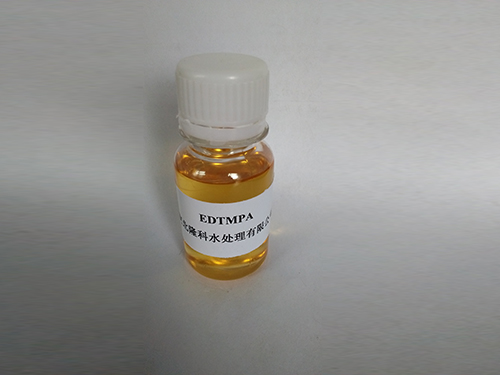poly aluminium chloride for drinking water
Poly Aluminium Chloride for Drinking Water A Comprehensive Overview
Poly Aluminium Chloride (PAC) is a widely used water treatment chemical that plays a crucial role in providing safe and clean drinking water. As the demand for potable water increases globally, the importance of effective water purification processes has become more pronounced. PAC serves as an efficient coagulant that aids in the removal of impurities from water, making it essential in water treatment plants.
What is Poly Aluminium Chloride?
Poly Aluminium Chloride is a synthetic inorganic polymer that is produced by the reaction of aluminum hydroxide with hydrochloric acid. It appears as a white to yellowish powder or solid and is highly soluble in water. PAC is characterized by its high charge density and is available in various forms, including liquid and dry forms. Its unique properties allow it to flocculate suspended particles and decrease the turbidity of water, making it an ideal coagulant in water treatment applications.
Mechanism of Action
The effectiveness of PAC in water treatment primarily hinges on its coagulation process. When PAC is added to water, it dissociates into aluminum ions that neutralize the electric charges of suspended particles, such as dirt, bacteria, and organic matter. This neutralization prompts the particles to clump together, forming larger aggregates known as flocs. These flocs can then be easily removed through sedimentation or filtration, resulting in clearer, cleaner water.
Moreover, PAC works efficiently across a range of pH levels, which is a significant advantage over traditional coagulants like alum. Its enhanced performance ensures that water treatment facilities can operate effectively under varying water quality conditions and without requiring extensive pH adjustments.
Advantages of Using PAC
poly aluminium chloride for drinking water

Using PAC in drinking water treatment has numerous advantages. First and foremost, it improves the overall quality of drinking water by effectively reducing turbidity and removing contaminants. This is vital in ensuring compliance with health and safety regulations concerning drinking water quality.
Additionally, PAC has a lower dosage requirement compared to conventional coagulants, such as alum. This means that less chemical is needed for the same level of water purification, which translates into cost savings for water treatment facilities. The reduced volume also leads to less sludge production, simplifying the waste management process.
Another notable advantage of PAC is its ability to function more effectively at higher temperatures and varying pH levels, making it suitable for diverse water sources, including surface water and groundwater. This flexibility allows water treatment operators to address different contaminants prevalent in different locations, enhancing the overall efficiency of the treatment process.
Environmental Considerations
As concerns about environmental sustainability grow, the use of PAC in water treatment also aligns with eco-friendly practices. Since it generates less sludge compared to other coagulants, there is less impact on wastewater management systems. Moreover, the use of PAC can reduce the leaching of aluminum into treated water, which has been a concern with traditional aluminum-based coagulants.
Conclusion
In summary, Poly Aluminium Chloride serves as a powerful tool in the treatment of drinking water, ensuring that the water supplied to communities is clean, safe, and free from harmful contaminants. Its efficiency in coagulation, coupled with environmental benefits and cost-effectiveness, positions PAC as a preferred choice for water treatment facilities worldwide. As we strive for improved water quality and enhanced public health outcomes, the role of PAC in drinking water treatment will likely become increasingly significant in the years to come.
-
lk-319-special-scale-and-corrosion-inhibitor-for-steel-plants-advanced-solutions-for-industrial-water-systemsNewsAug.22,2025
-
flocculant-water-treatment-essential-chemical-solutions-for-purification-processesNewsAug.22,2025
-
isothiazolinones-versatile-microbial-control-agents-for-industrial-and-consumer-applicationsNewsAug.22,2025
-
scale-inhibitor-key-solutions-for-water-system-scale-preventionNewsAug.22,2025
-
organophosphonates-versatile-scale-inhibitors-for-industrial-water-systemsNewsAug.22,2025
-
scale-and-corrosion-inhibitor-essential-chemical-solutions-for-water-system-maintenanceNewsAug.22,2025





